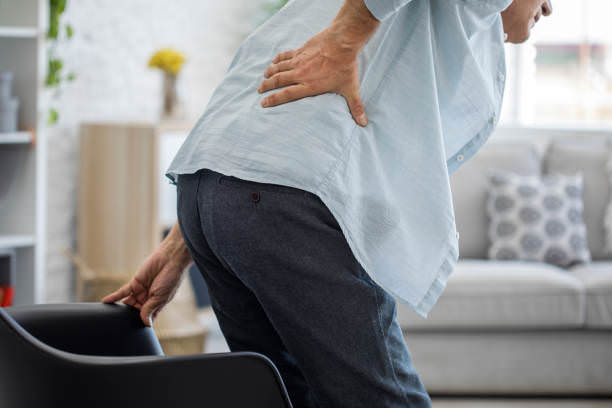
The brain is incredible, it processes a huge amount of information whether we’re awake or asleep. It constantly takes in information, decides what it means and then how to react. This process never stops and it’s always changing. Left to its own devices it’s pretty foolproof, but interfering with it can lead to pain.
One of the strongest brain functions is based on survival, where the brain prioritises danger and threat above all else. When we perceive a threat, our system responds to fight it, run away, or freeze in its presence. A whole host of bodily changes take place, some of them obvious and some you’ll be unaware of, but all are important.
Why Is This Relevant To Being In Pain?
Consider what would happen if someone pointed a gun at you. Your heart rate would increase, pupils dilate, breathing rate change and you would go tense, all in preparation for your next move. These reactions are a normal adrenaline response which happens because of a perceived threat. We THINK we’re going to die. What happens when you find out it’s a toy gun and could never harm you? Your adrenaline response and all the physical signs calm down. But why? Because you THINK you’re safe.
An adrenaline response to a perceived threat is normal and essential. It’s designed to respond when a threat is present and stop when the threat has passed. If we live our lives under a consistent level of threat or stress, we keep the raised adrenaline response. Prolonged raised adrenaline then causes a cortisol response. Cortisol is a stress hormone designed to be present in our system for short periods. Prolonged raised cortisol levels are directly linked to pain and inflammation.
Back Pain Anxiety
What we think and believe triggers our adrenaline but also determines how we behave. This originates from what we’re told. We are repeatedly told to be fearful and protect our backs. by avoiding using our backs for what they were intended i.e. bending, moving, and being put under load. Despite a lack of supporting evidence, this has become standard practice for spinal safety.
We know using the body makes it stronger, yet we are advised that this doesn’t apply to the spine. We are taught to be anxious about the strength of the spine and that any pain means danger. We know that anxiety and back pain are linked.
Fear leads us to use our backs unnaturally. We tense before we move, we don’t let the spine bend and we engage our core to stabilise it. We even see sitting as a threat. This causes extra tension both physically and mentally.
If we think there’s a threat to our back we will protect it. This thought triggers the adrenaline response, increasing tension in the muscles before you move. You might not be consciously aware of this, but it is happening.
You may have been advised to keep your back straight and engage your core to protect your spine. This doesn’t make sense. Clench your fist, hold it tight and then try to bend your wrist. It won’t take long before your normal wrist becomes painful. Is it damaged? No. Relax your grip, shake it loose and it’ll be normal again. We don’t do that with our backs as we believe they’re damaged. Eventually, we develop an automatic and subconscious cycle of abnormal behaviour and beliefs. We are unaware anything is amiss, but we have pain and don’t know why.
The best treatment for lower back pain should be based on fact rather than fiction. This breeds confidence and trust in your back and allows the adrenaline response to settle down. After time and practice you will relearn to move normally without pain. Keep practising and your back will get stronger and more flexible.
Can I Help You?
What we think changes our hormones, our body’s tension, and behaviour. Emotional stress, physical stress and back pain are connected but you can change this when you know how. You may not realise the connection, apart from your back pain, so you may not know what to do.
If you’d like me to help you get to the root cause of your back pain and start to improve it, call me on 01392 949032 or email me and I’d be delighted to hear from you.
